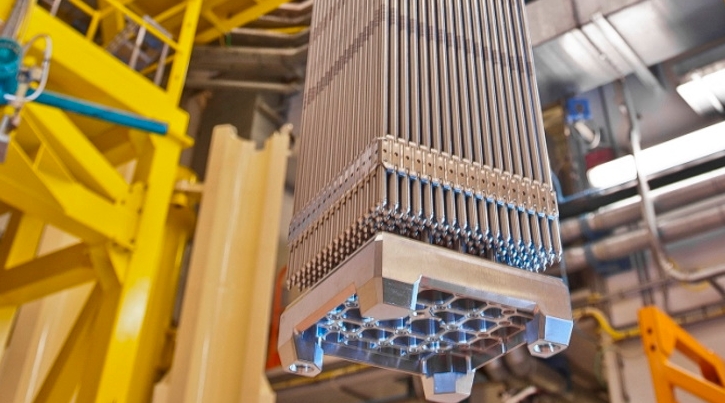A new report from Guidehouse Insights explores the benefits of storage as a transmission asset (SATA) in power grid upgrades and provides an update on regulatory changes that are enabling SATA.
Upgrading existing power transmission grids comes with challenges such the extensive time needed to plan and build traditional transmission projects and the short-term mindset among local grid operators. As a result, stakeholders want to integrate SATA in the form of battery energy storage systems (BESSs) to supplement or even replace traditional assets.
According to the report, BESSs can serve as viable transmission assets for upgrades to existing power grids due to their flexibility, scalability, and portability.
“Energy storage is increasingly viewed as a viable option to traditional transmission and distribution investments and a tool to maximize the efficiency of existing grid systems,” says Roberto Rodriguez Labastida, senior research analyst with Guidehouse Insights. “Utilities are now deploying non-wire alternatives as an alternative to upgrading or building additional poles and wires that have long served as the backbone of the electric power system.”
According to the report, storage options must be thoroughly integrated into all aspects of the grid planning and procurement process. In addition, vendors and project developers should focus on vertically integrated utilities and work closely with their customers to offer tailored solutions.
Furthermore, to boost confidence for the industry to pursue this application, regulators should provide clear directives that detail storage’s demonstrated value either as a network asset or as an asset that can be used in place of or to enhance transmission.








